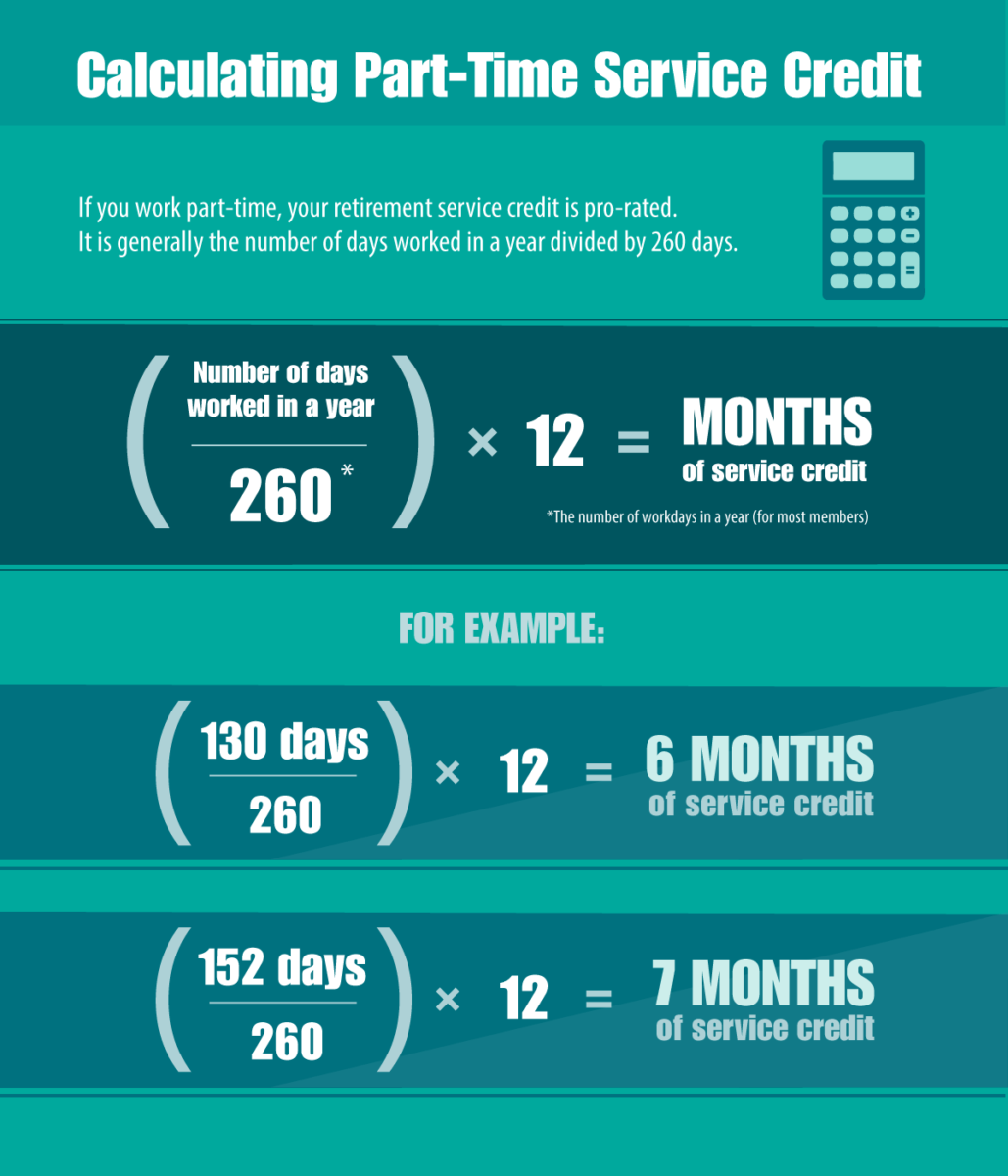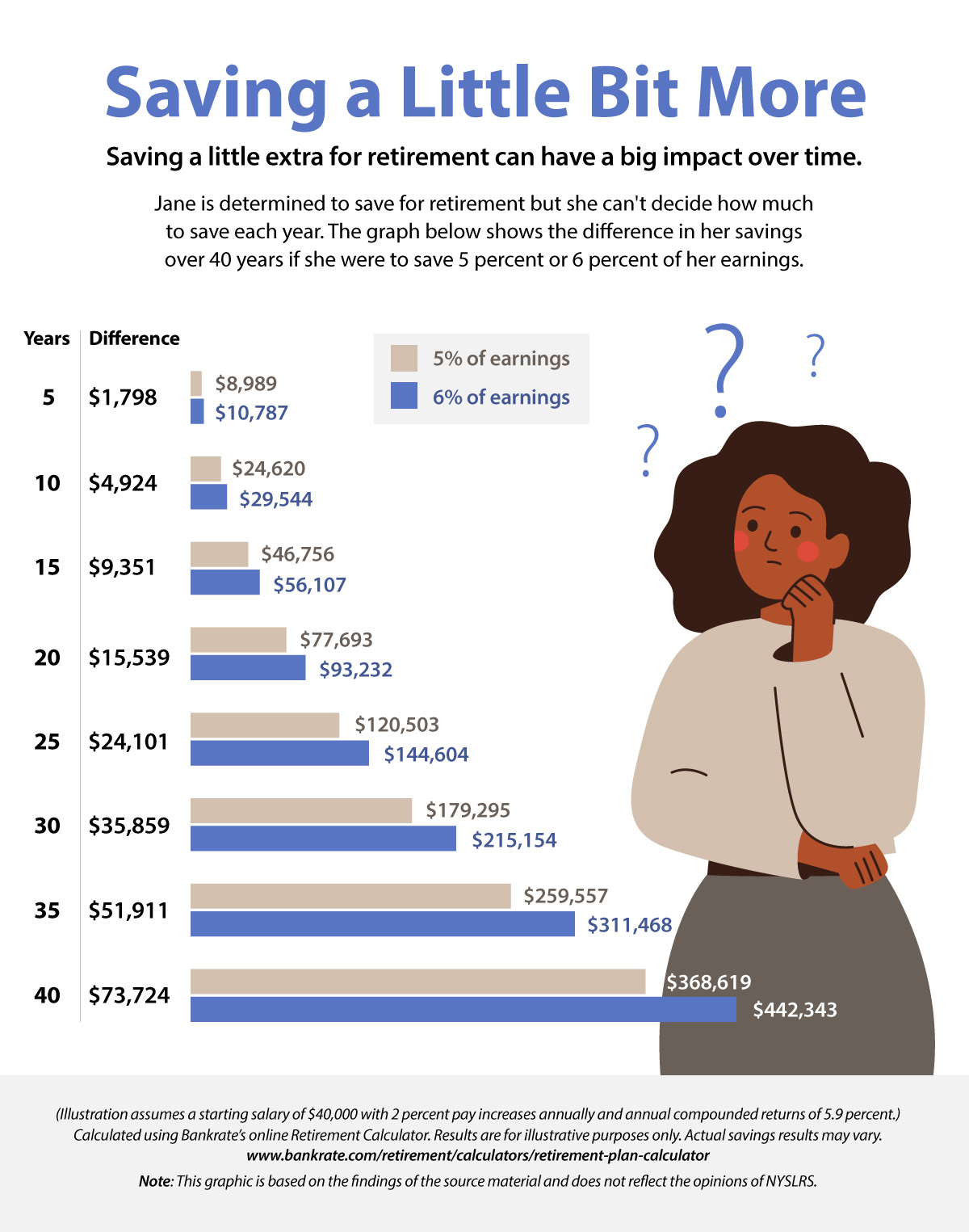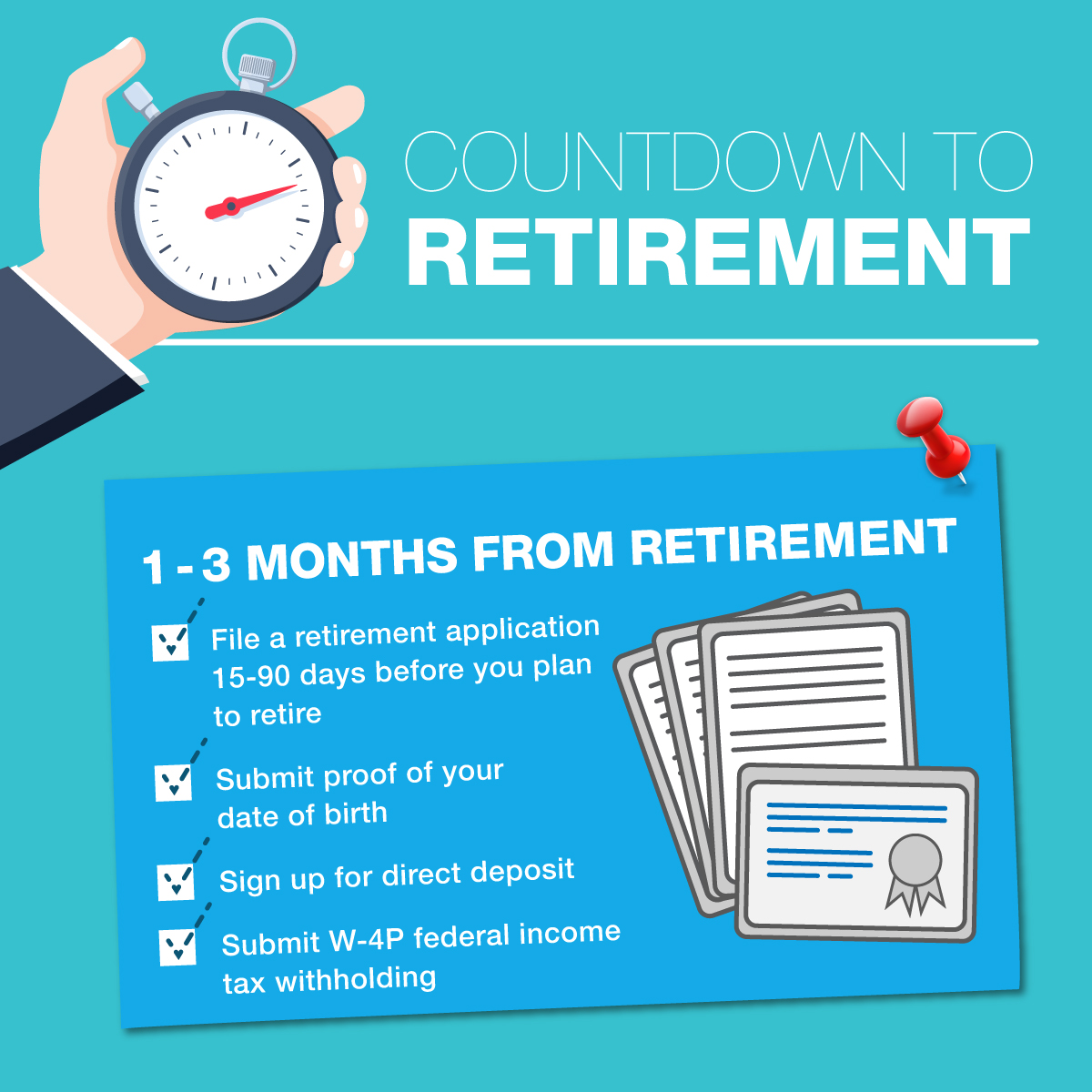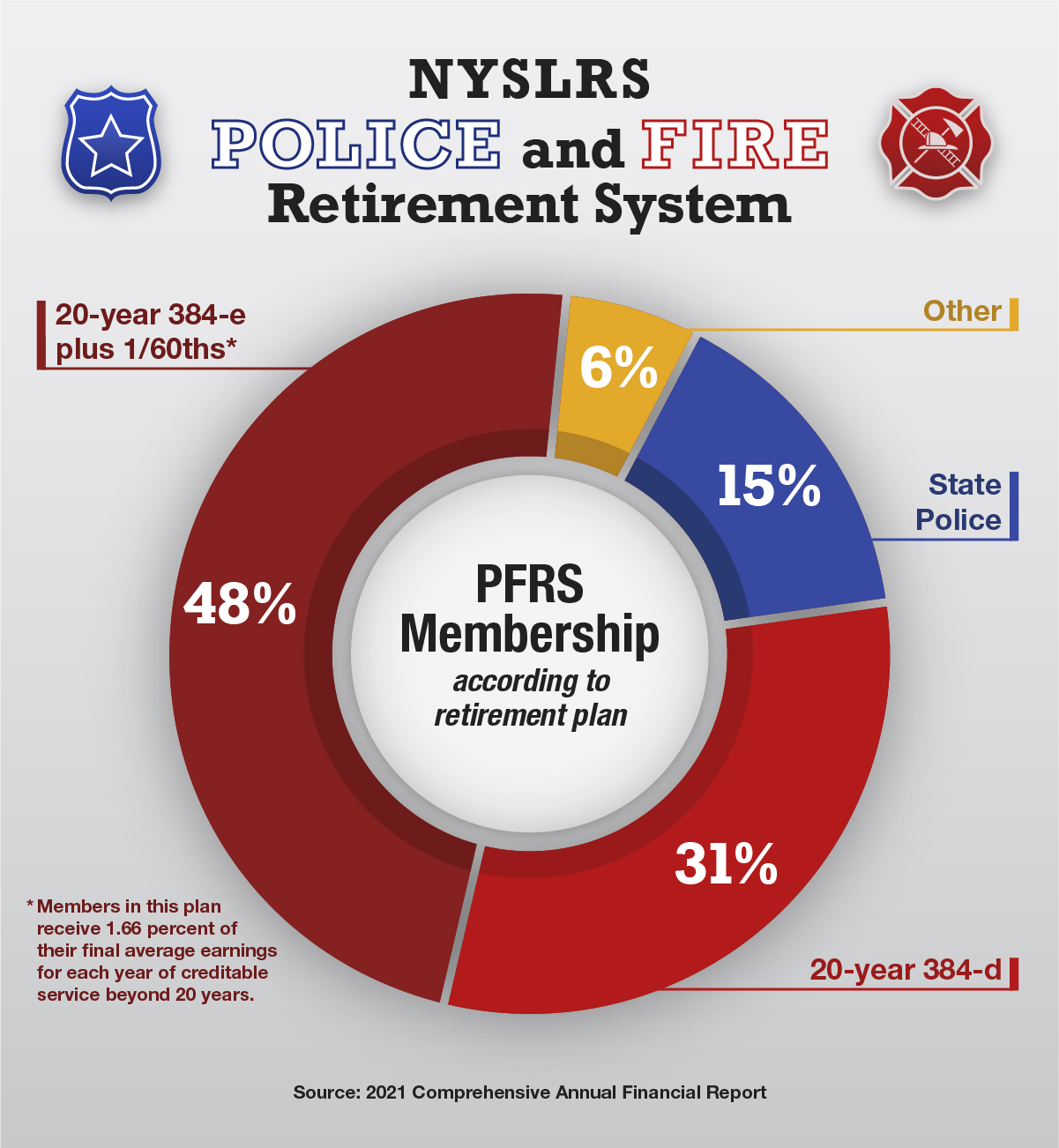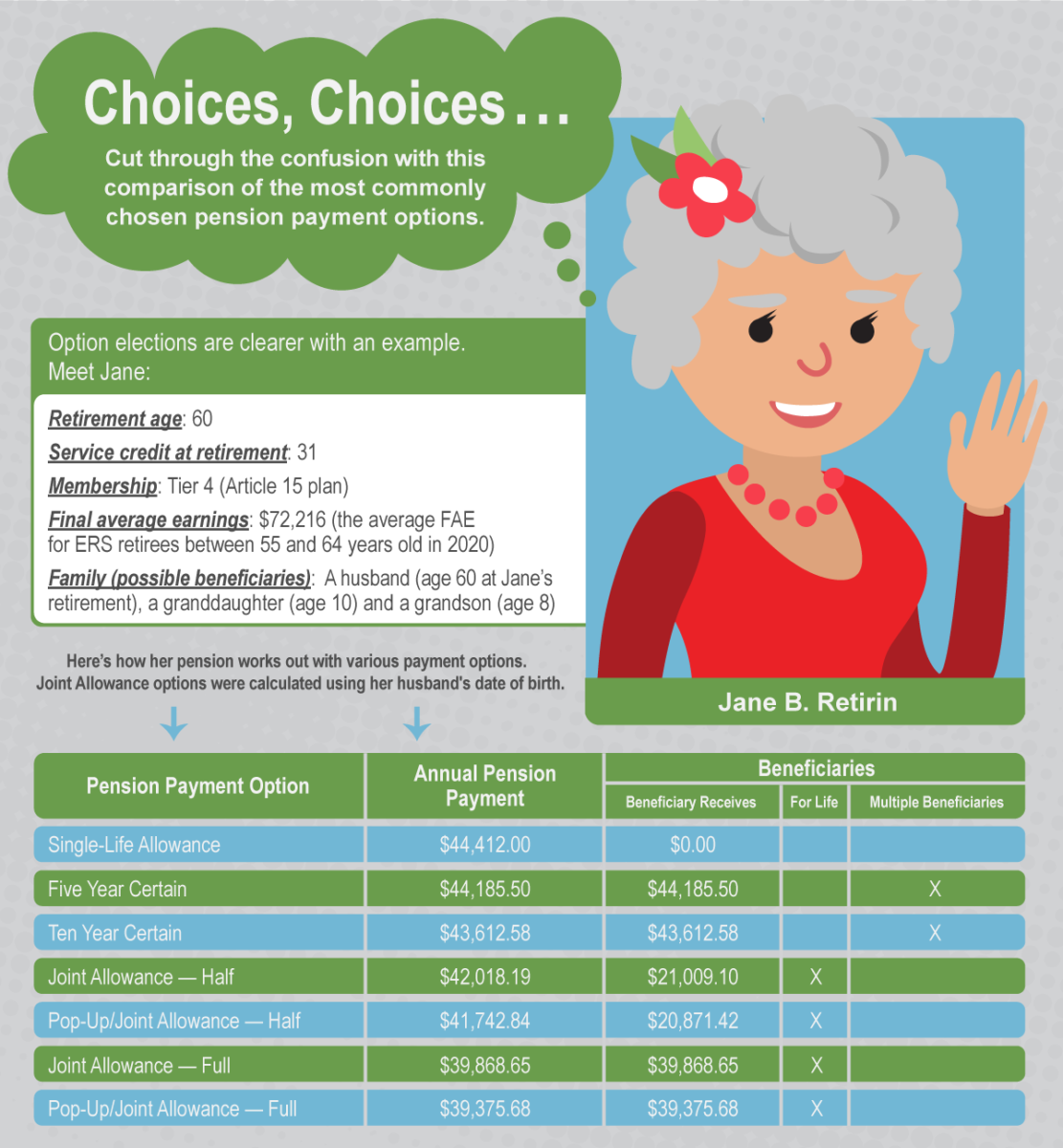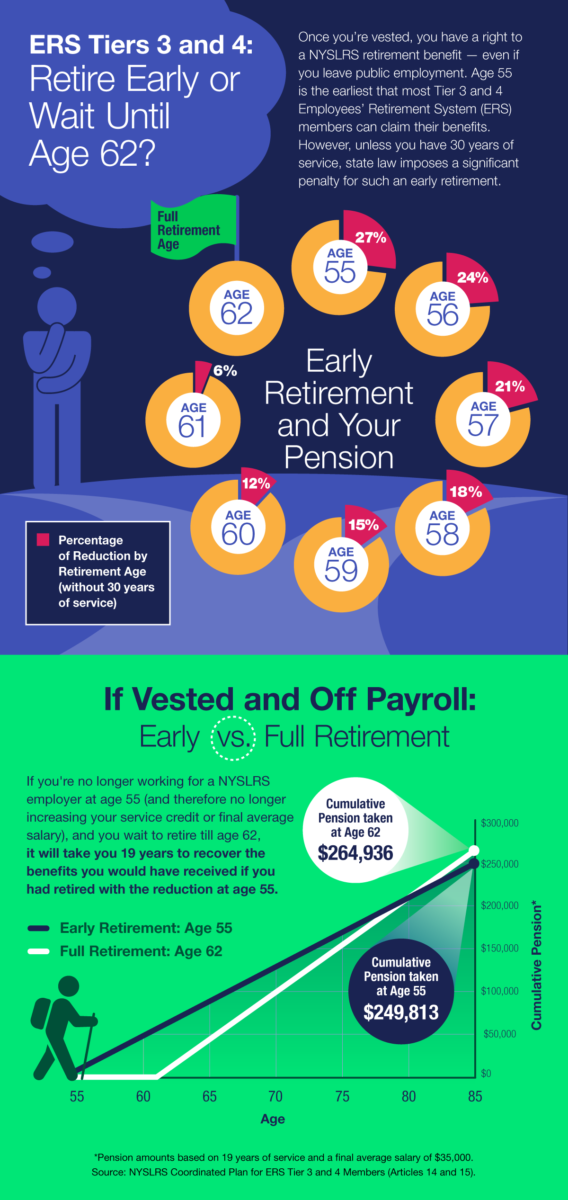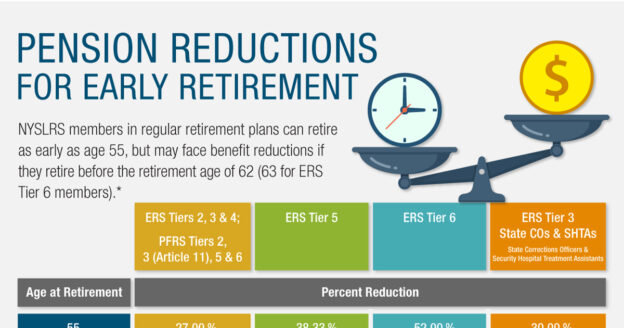 After months or years of retirement planning, you’re probably looking forward to the day when you apply for your NYSLRS pension. But before you retire, there are a few questions you should ask yourself. After all, by filing for retirement, you’re making critical decisions about your financial future. And once you’ve retired, some of those decisions will be irrevocable. Whether your planned retirement date is just around the corner or a few years off, asking these questions now could help you avoid costly mistakes.
After months or years of retirement planning, you’re probably looking forward to the day when you apply for your NYSLRS pension. But before you retire, there are a few questions you should ask yourself. After all, by filing for retirement, you’re making critical decisions about your financial future. And once you’ve retired, some of those decisions will be irrevocable. Whether your planned retirement date is just around the corner or a few years off, asking these questions now could help you avoid costly mistakes.
Do I have all the service credit I think I have?
Under some retirement plans, service milestones (20 years, 30 years, reaching full retirement age) can have a big impact on the amount of your benefit. If you’re aiming for one of these milestones, but retire just short of reaching it, your pension will be less than you might be expecting. To make sure you have enough service credit on your planned retirement date, sign in to Retirement Online to check the most up-to-date estimate of your total service credit.
Do I have previous service credit I want to purchase?
You may be able to buy credit for previous public employment or military service, which in most cases would increase your pension.
If you are planning to purchase service credit, including military service, you should do that as soon as possible, especially since you can’t purchase service credit after you retire. You can apply for additional credit in Retirement Online or by submitting a Request to Purchase Service Credit form (RS5042). You may also wish to read our publication Service Credit for Tier 2 Through 6.
Do I have a balance on a NYSLRS loan?
If you have an outstanding balance on a NYSLRS loan, you should pay it off before you retire. If you retire with an outstanding loan, your pension will be permanently reduced.
While Employees’ Retirement System members may repay their loan after retiring, they must pay back the full amount of the outstanding balance that was due at retirement in one lump-sum payment. Once the loan has been repaid, their pension benefit will be increased from that point going forward, but it will not be adjusted retroactively back to their date of retirement.
You can use your Retirement Online account to check your loan balance, make a lump-sum payment or increase your payment amount. For more information, visit our Loans page.
Retirement Planning Resources
The more you know about retirement and the retirement process, the better off you’ll be. Here are some resources that can help with your retirement planning:
- Most members can estimate their pensions in Retirement Online. You can use this estimate to prepare a post-retirement budget.
- Our retirement timeline shows the steps you’ll need to take and highlights topics and information you’ll need to consider as you approach the big day.
- Our Countdown to Retirement blog series details things you can do to prepare for retirement in the 18 months before your retirement date.



